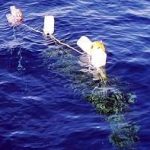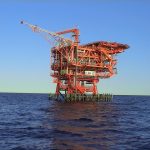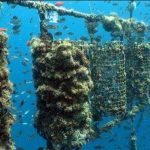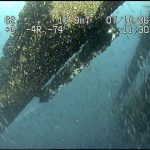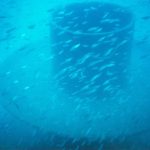The “Artificial Habitats” include any natural or man-made object deliberately placed into the aquatic environment for various purposes. Artificial Habitats can be divided in the following categories:
Artificial Reefs: natural or man-made structures deployed on the seabed randonmly or geometrically assembled to mimic some characteristics of the natural reefs (e.g.: protection, restoration, concentration and/or enhancement of aquatic resources). The term does not include submerged structures such as artificial islands, pipelines, offshore extractive structures, berths, and breakwater reefs for coastal protection.
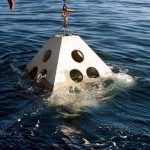
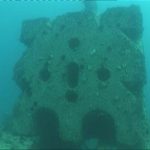
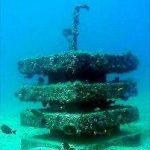
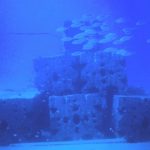
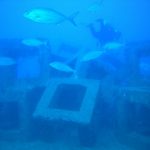
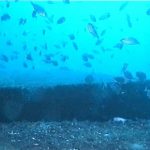
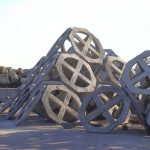
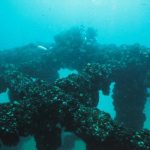
Fish Aggregating Devices (FADs): floating objects that are specifically designed and located to attract and aggregate fish species in order to facilitate their catch.
Other structures: Man-made structures realized for different, primary purposes but miming ARs or FADs as secondary functions (e.g.: floating structures for aquaculture, offshore extractive structures, breakwater reefs).

